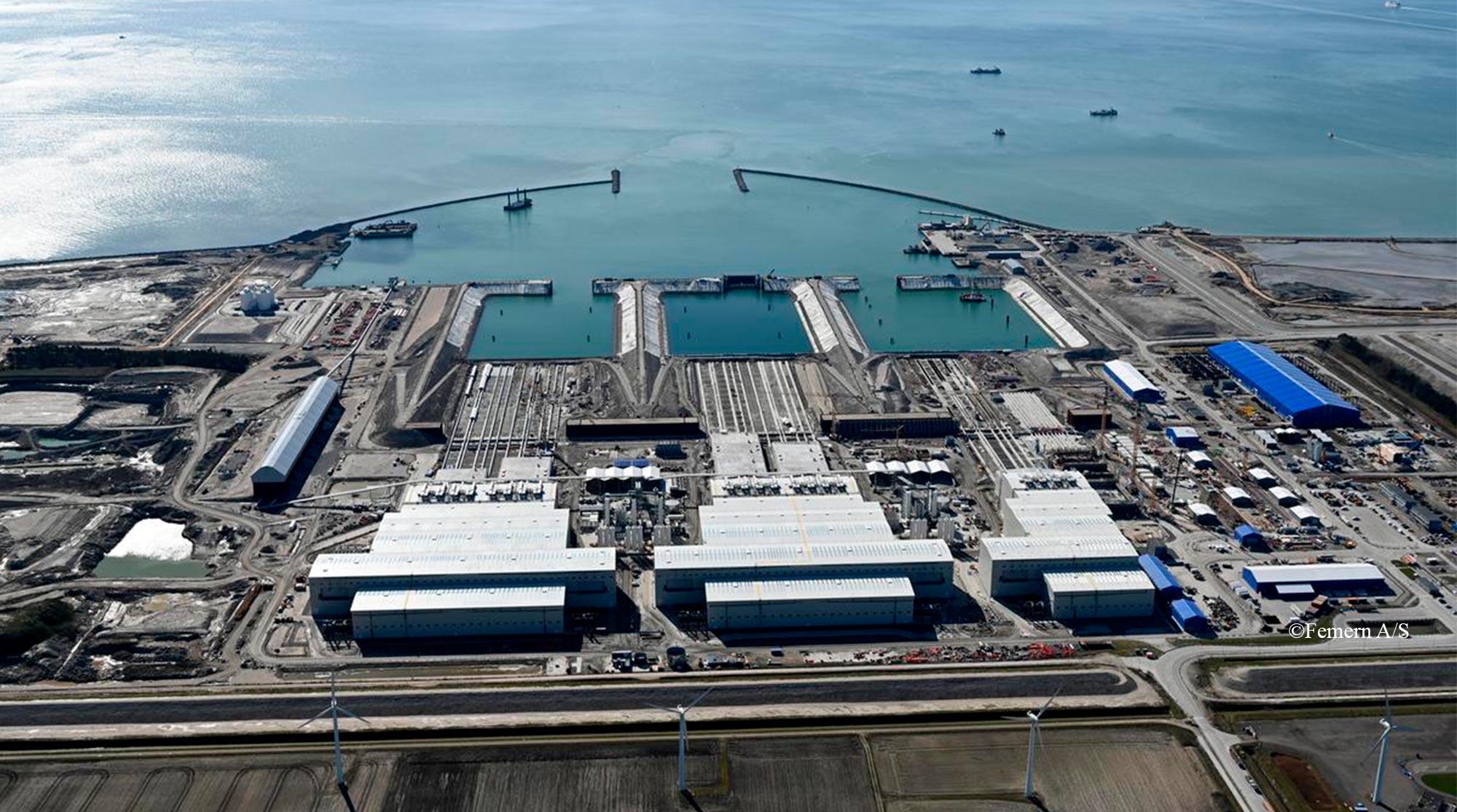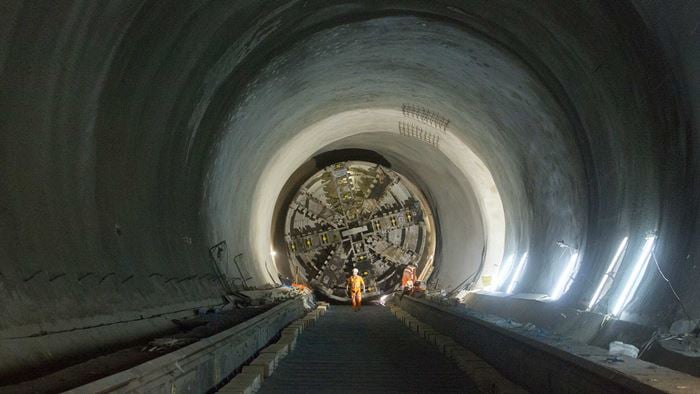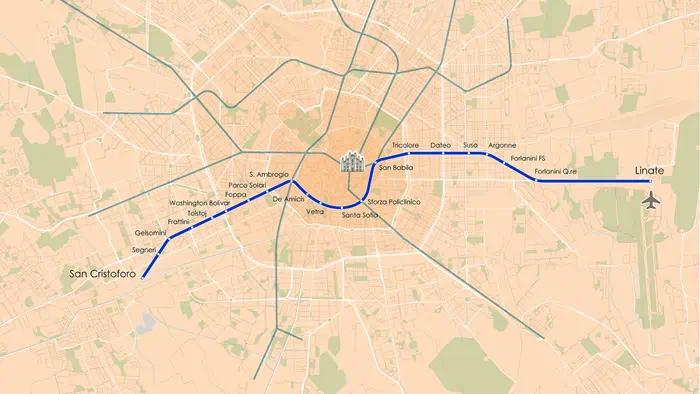Femern A/S commissioned Rambøll, Arup and TEC joint venture as the main technical advisor and consultant for the 18km-long Fehmarnbelt Fixed Link, a strategic underwater transport link between Scandinavia and continental Europe.
Connecting Denmark and Germany, the tunnel will unlock opportunities for commuters, businesses and tourism. Upon completion in 2029, Fehmarnbelt Fixed Link will be the world’s longest immersed rail and road tunnel.
The JV has been working closely with Femern A/S for over a decade, providing specialist technical advice across a range of engineering disciplines to allow the delivery of a world class transportation system for the future.
A key part of the European Commission's TEN-T programme and a priority rail corridor, Fehmarnbelt Fixed Link includes a two-lane motorway and a double-track railway for high-speed electric trains. Once the tunnel is open, drivers will cut down their travel time by about an hour each way compared to the ferry crossing. Rail passengers between Copenhagen and Hamburg will save about two hours on their journey. With more freight being transported by rail, the tunnel will also support a greener transportation system.
Project Summary
18 km immersed tunnel
2lane motorway
2track railway
Technical consulting and strategic advice
Following the signing of a bilateral treaty between Denmark and Germany in 2008, Arup was appointed as part of a joint venture with Rambøll and TEC to support Femern A/S as the principal client consultant for the tunnel design.
Our initial commission comprised early optioneering, preparation of the illustrative design and identification of the technical requirements for the tendering process. Our technical support to the client continued into the pre-qualification stage and we participated in the Competitive Dialogue tendering process for the four major tunnel contracts.
Following contract award, our role on the project continued as client advisor during the design review and construction phases right through to completion of the works, when the tunnel opens in 2029.
Tunnel vs Bridge
The unique scale of this immersed tunnel required an innovative design approach. Thinking out of the box, the work by our JV made the selection of the immersed tunnel option preferable over the cable-stayed bridge, backed by our thorough analysis of technical, environmental, risk, safety, and economic factors.
The immersed tunnel will be made of 79 standard and 10 special elements. Weighing 73,000 tonnes, each of the standard tunnel elements is 217 metres-long, 42 metres-wide and 10 metres-high. The 200ha construction site at Rødbyhavn in Lolland, Denmark, equivalent to 373 football pitches, is the location for the large purpose-built production facility and the work harbour for the construction and launching of the immersed tunnel elements.
Arup, as part of a dedicated JV sustainability team, also led the upgrade of the carbon inventory for the construction phase to calculate the generated carbon emissions.
A novel tunnel ventilation system
Arup, with their JV partners, designed an innovative tunnel ventilation system. We carried out a ventilation analysis that assumes the use of cleaner cars in the future, showing longitudinal ventilation can be achieved by natural ventilation from traffic flow alone thanks to the relatively flat tunnel alignment.
“Together with Rambøll and TEC, we are engineering the Fehmarnbelt Fixed Link, the longest immersed tunnel in the world, to improve travel experience and boost economic growth in the region. ”
Rachel Kenny Associate Director
Collaboration and technical expertise
Collaboration between the JV and Femern’s in-house specialists was key to delivering a project of this complexity, scale and size from design through to construction, in both on-shore and off-shore environments, crossing two countries.
The Rambøll, Arup, TEC JV has provided technical advice on a range of challenging issues, including the behaviour of the complex geotechnical conditions spanning the 18km Fehmarnbelt seabed and the interface with the structural elements.
The team has also developed asset management specifications and structural health monitoring requirements with a view to optimising the future operation and maintenance of the tunnel.
 ;
;









